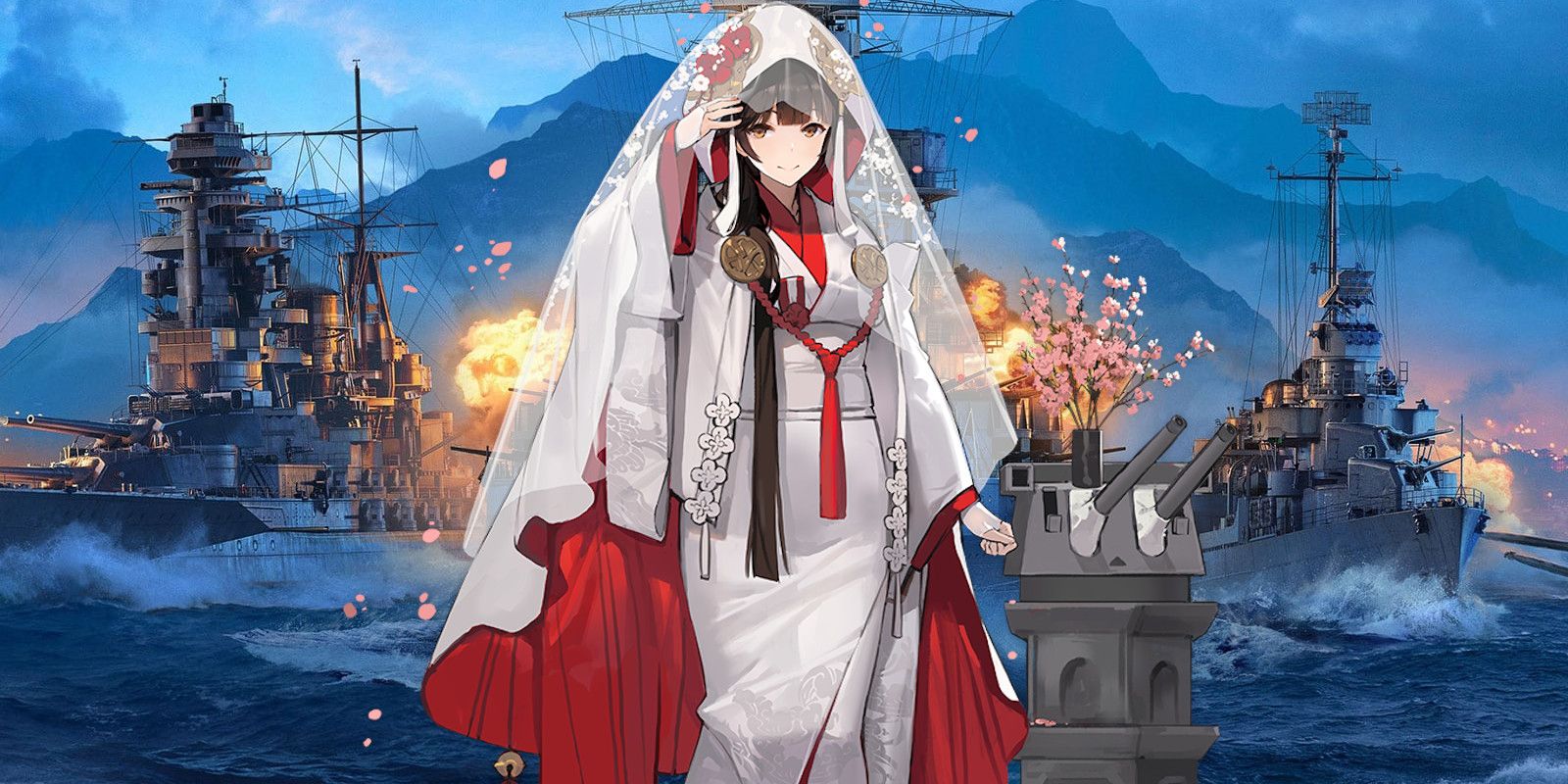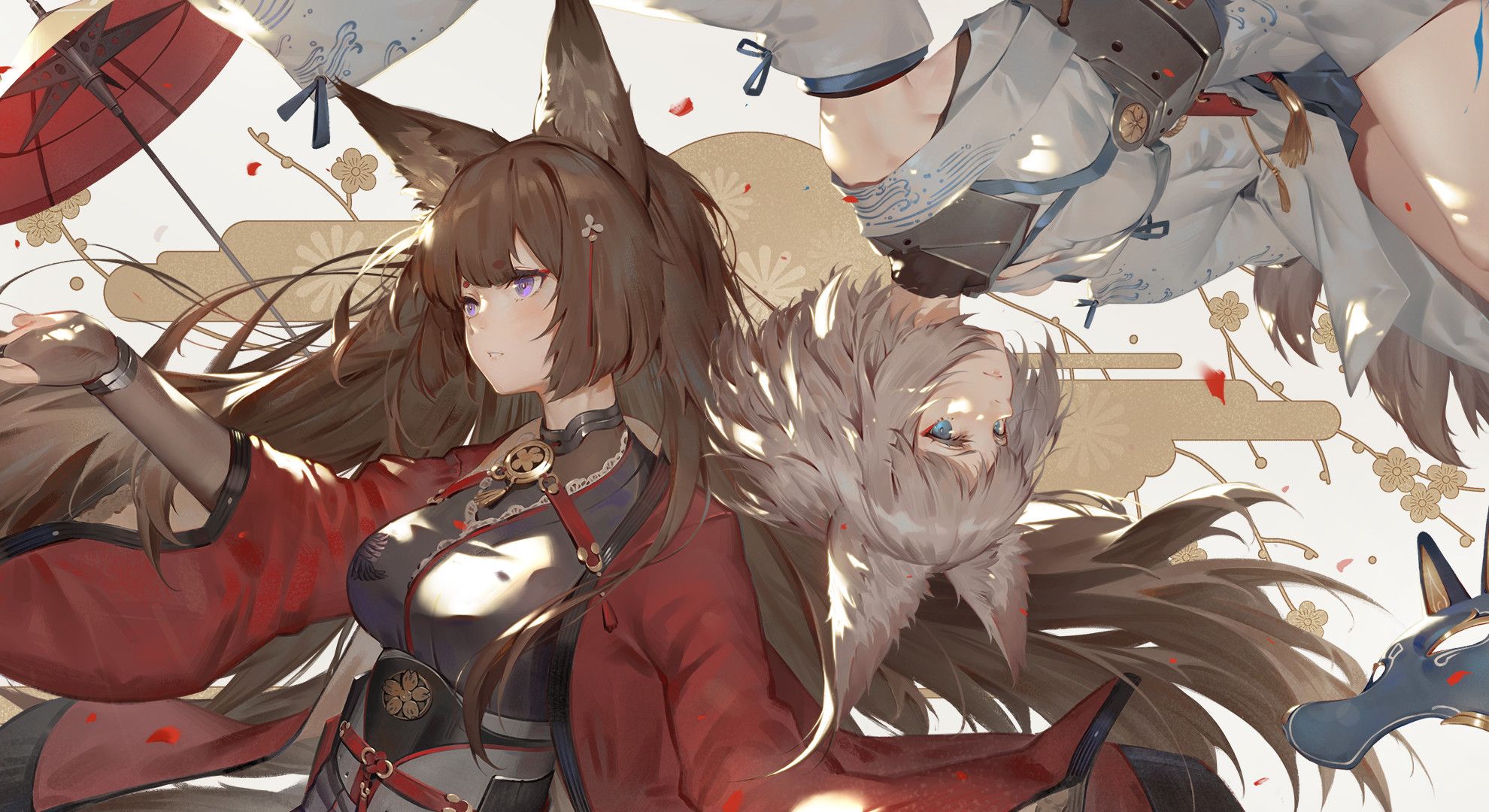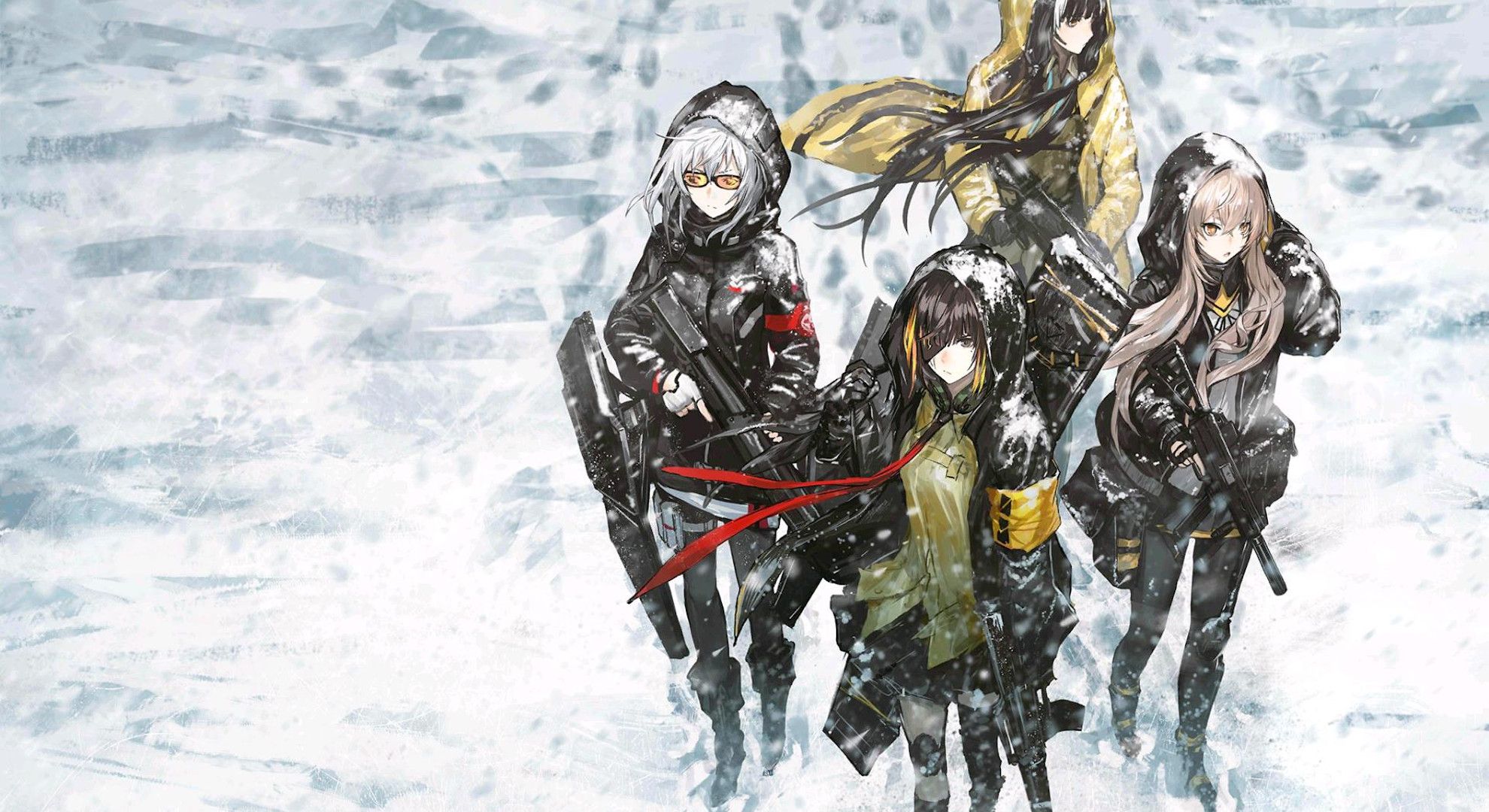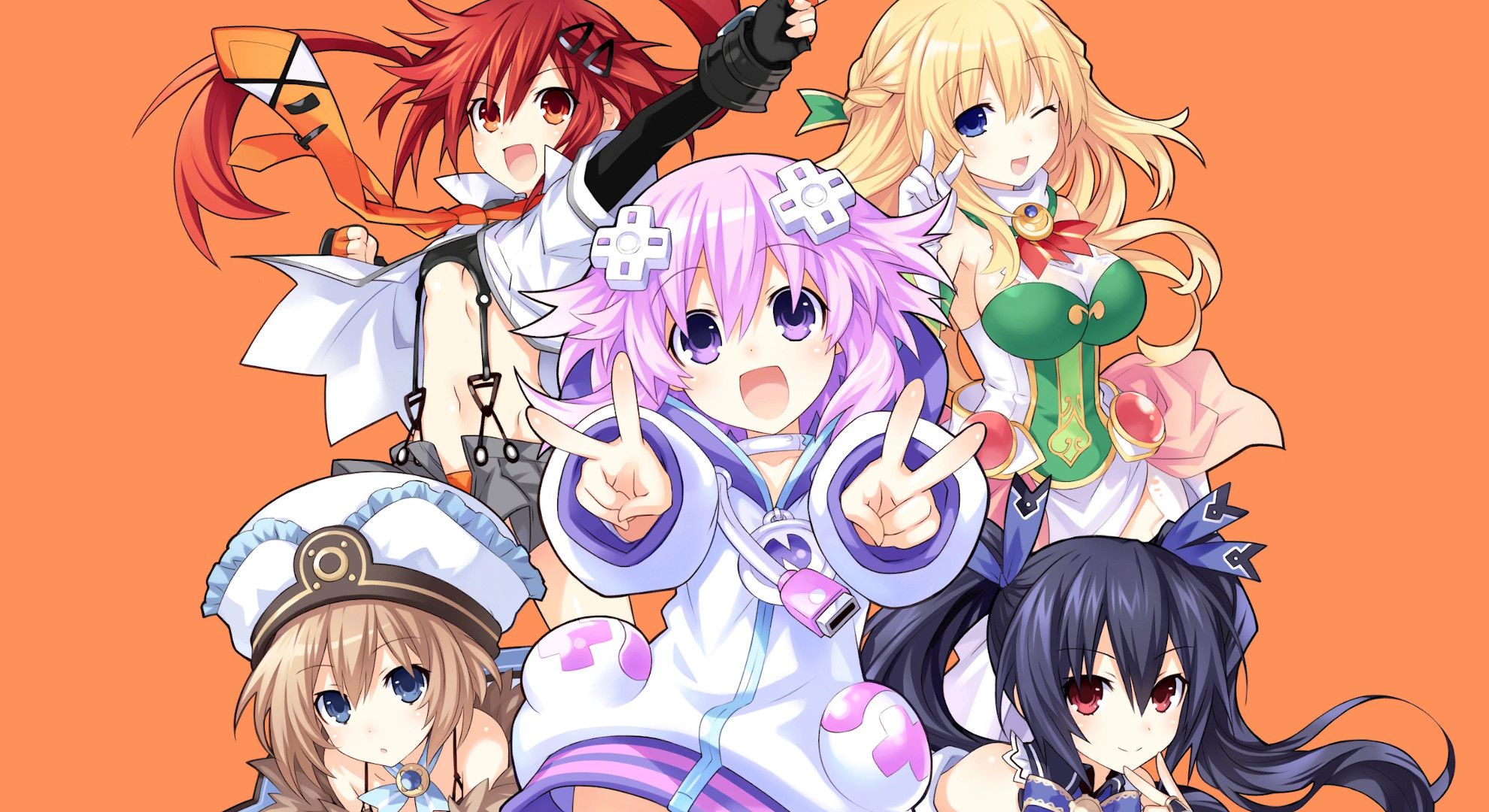The term "Moe Anthropomorphism" doesn't mean much to a casual gamer. Yet, Moe Anthropomorphism is subtly becoming more and more widespread in the gaming scene. To give a formal definition, Moe Anthropomorphism refers to giving "moe" qualities to non-human beings, objects, or concepts. In layman's terms, it means to take literally anything and imagine it as a cute anime girl (or boy).
While this phenomenon is often translated into art, it sometimes appears through a game medium -- and its popularity is surprisingly massive. Azur Lane, a game featuring "Ship Girls," has more than a million downloads on the Google Play Store. This doesn't even count the 5 million accounts owned by Japanese players. Clearly, there's an already large and growing audience for these types of games.
Here's a look at three popular examples of Moe Anthropomorphism in games and examine why they're so popular.
Azur Lane
Azur Lane is primarily a mobile "gacha" game where players control a fleet of World War II ships to defeat the enemy. The story roughly follows the actual events of World War II, including many battles in the Pacific Theater. As previously mentioned, the fleet players control are made up of "ship girls."
The concept of "ship girls" initially came from another mobile game called Kantai Collection. "Ship girls" are moe personifications of actual World War II ships. For example, take the IJN Takao. In reality, she was the largest and most modern cruiser available in the Japanese fleet. In the game, she's a well-endowed young woman with a stoic personality, dog ears and a katana.
It's safe to say one of the major draws of Azur Lane is the large cast of ship girls, which range from cute destroyers to more mature aircraft carriers. In order to fully capitalize the allure of the ship girls, players also have the option to purchase skins for the characters, as well as marry them. While it sounds weird, marrying a ship girl gives a stat bonus increase and -- depending on the ship girl -- a wedding dress.
However, there's more to Azur Lane than just ogling the ship girls. The actual gameplay is rather captivating, with players controlling six ships in a bullet hell-esque setting. Additionally, each ship has its own unique abilities, allowing players to create different strategies based on their preferred play style.
The final draw of the game might come from the fact that the gacha currency is super easy to acquire, allowing players to get their desired ship girl with relative ease. The developers are also known to be rather generous, supplying players with more currency than they know how to spend.
Girl's Frontline
Girl's Frontline is another popular mobile "gacha" game featuring Moe Anthropomorphism. While in Azur Lane this takes the form of ships, Girl's Frontline focuses on firearms.
In-game, they're known as "T-Dolls" and they're all designed and based off of real-world firearms. These T-dolls can range anywhere from the classic M1911 to more modern weapons, such as the G36C. In this way, Girl's Frontline's core mechanics parallels many of Azur Lane's, as both share a large cast of moe personified girls, purchasable costumes and even marriage.
With such similar core mechanics, it's no wonder Girl's Frontline is also a relatively popular game. In 2017, Girl's Frontline was the third top grossing game in South Korea and has over one million downloads on the Google Play Store to date. However, that's not to say Azur Lane and Girl's Frontline are completely the same: Azur Lane plays more like a shoot-em-up, while Girl's Frontline is more turn-based and strategy focused.
Hypderdimension Neptunia
Hypderdimension Neptunia is a series of roleplay games available for a variety of different consoles. The irony here is that Hypderdimension Neptunia's Moe Anthropomorphism focuses on consoles themselves.
For example, the main character of the series, Neptune, is the personification of the cancelled Sega Neptune. Other characters include Noire (the PlayStation 3), Blanc (the Wii) and Vert (the Xbox 360). Each console appears as a young woman who has access to a Sailor Moon-esque transformation, which changes her personality and outfits. In terms of setting, the games generally take place in a world called "Gamindustri" (get it?).
Much like in real life, these four consoles are embroiled in a conflict known as the "Console Wars," in which they all fight for the title of the one "True Goddess." The mainline Hyperdimension Neptuna games generally follow this plot, but there are also a lot of spin off games. In total, the series has released 19 different titles and in 2014, sold over 2 million copies worldwide. The series has become popular enough that it has its own manga, light novel and anime.
Hyperdimension Neptunia owes much of its success to how it successfully translates real-world consoles into unique and lovable caricatures. Additionally, it does so in a humorous way, with many allusions to the gaming scene. The gameplay itself is nothing ground-breaking, but players should stick around just to see the antics of the main cast.
Most gamers have not been exposed to Moe Anthropomorphism, but as the popularity of these games rise, it won't be long until the term is more common. While some may accuse these games of appealing to the male fantasy, players may discover there's more to them than meets the eye.




